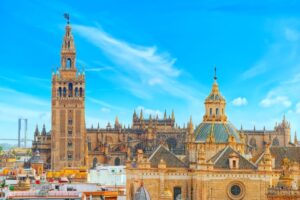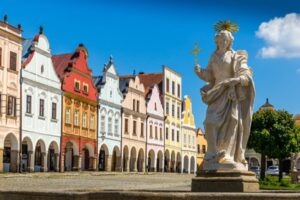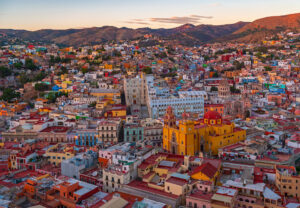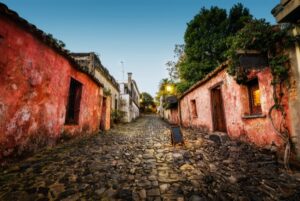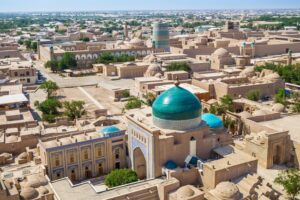| Registration Classification | cultural heritage |
| Registration Criteria | (1), (2), (3), (6) |
| Year of registration | 1987 |
Seville is a large city in southwestern Spain. It is home to heritage sites such as the Seville Cathedral, the Alcázar, and the Archives of the Indias, which provide a glimpse into Seville’s history, from the fusion of Islamic and Christian cultures to Spain’s prosperity during the Age of Discovery.
Here, a World Heritage enthusiast explains why the Cathedral, Alcázar, and Archives of the Indias in Seville are World Heritage Sites. Read this and you will definitely learn more about each heritage site!
What are the Cathedral, the Alcazar, and the Archives of the Indias in Seville?
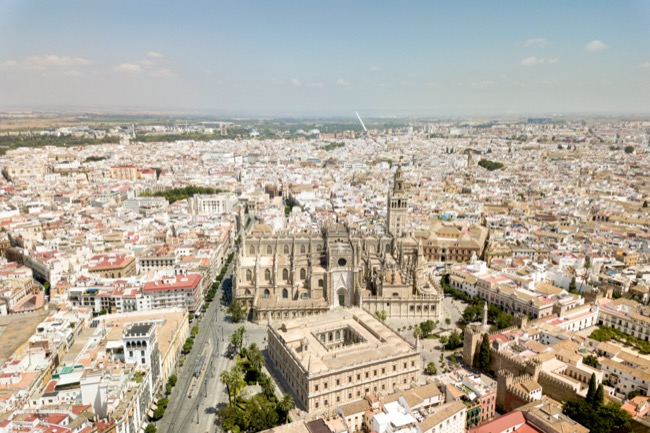
Seville is the capital of Andalusia in southwestern Spain. It is the center of southern Spain and has been an economic and cultural center since ancient times. Seville has many architectural structures that can be called the Golden Age of Spain, in which we can see the footprints of Islamic culture, the glamorous Catholic decoration, the prosperity of the Spanish royal family, and the wealth acquired through Spain’s colonial operations in North and South America.
Thus, Seville retains a wide variety of architecture, which shows the development of each period, such as the Islamic dynasties, the Christian era, and the Age of Exploration. Eventually, Seville became the forefront base for trade in the Americas and played an important role in the management of the colonies.
Main registered properties
Cathedral of Seville
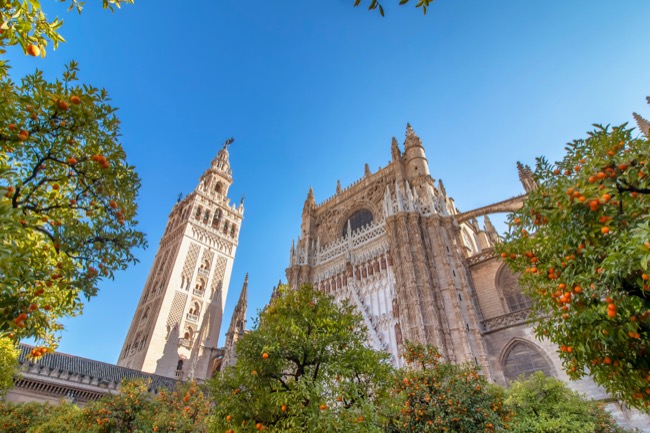


In the past, many mosques and other buildings were built in Andalusia, which was once ruled by Islamic dynasties. Although a mosque was built here in the 12th century, it was converted into a Gothic-style cathedral in the 13th century during the Reconquista. In 1401, further renovations were carried out, and the building still retains architectural styles from various periods, including Gothic, Renaissance, and Baroque.
With a five-aisle structure (two aisles on each side of the nave), it is still one of the largest cathedrals in Spain. It is known to have once housed the tomb of Christopher Columbus. However, in the 16th century it was moved to Santo Domingo, Dominican Republic.
Alcázar
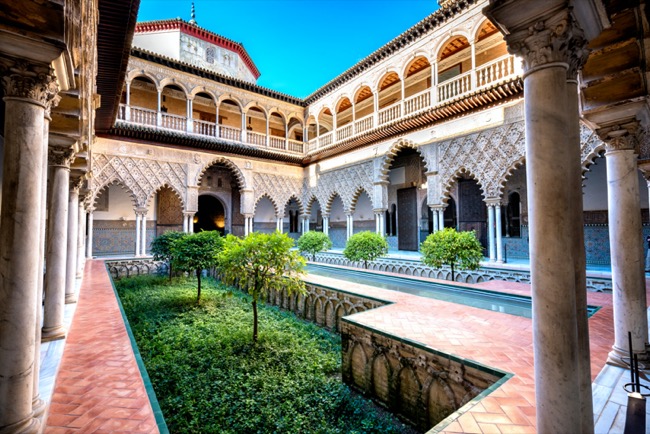


Originally built as a governor’s palace in the 10th century when Muslim powers ruled the region, it was reconstructed as a royal detached palace in the 14th century when the Kingdom of Catalunya came to rule the region in the 13th century.The Mudejar style, a fusion of Islamic and Christian architectural styles, was adopted as the basic design. In addition, the Renaissance to Neoclassical and other styles were added to create a palace with a mixture of various architectural styles.
Indias antiquities document
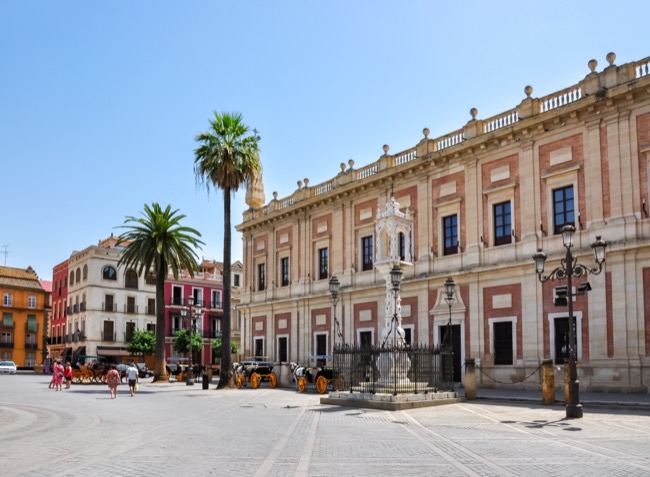


Based on a commodities exchange designed in 1585 by architect Juan de Herrera, who also designed the Monastery of El Escorial, where the cemetery of the Spanish kings is located.It was also a masterpiece of Spanish Renaissance architecture, and in the 18th century, the “Council of the Indias” was established here. This was an advisory body for the Spanish colonies (Indias) in the Americas. In other words, since it had administrative, legislative, and judicial authority, it was in effect in charge of managing the colonies.
With the establishment of this institution, materials and documents related to the colonies, which were scattered around the country, were collected here, and this place became a library. Thus, Columbus’ journal of his voyages was also housed here, and the building was a symbolic structure that linked Spain to the Americas.
For what reason are the Cathedral, the Alcázar, and the Archives of the Indias in Seville on the World Heritage List?
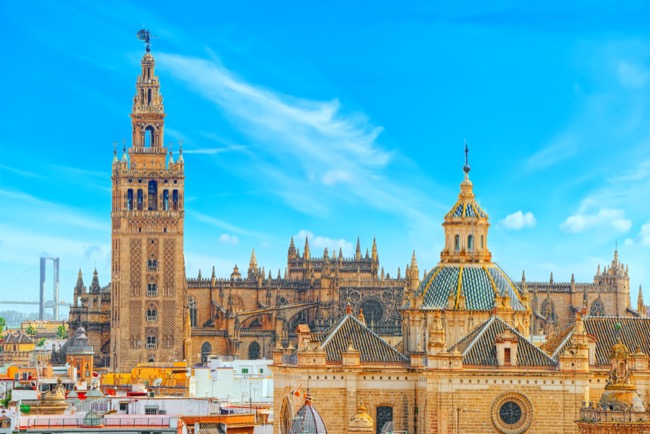


Each of these legacies was recognized for the following
Registration Criteria (i)
Seville Cathedral is a masterpiece in that it was converted from a mosque to become one of the largest Gothic cathedrals in Europe, including the Renaissance-style House of Counselors.
Registration Criteria (ii)
That Hilda’s Tower has influenced the towers built in the Americas.
Registration Criteria (iii)
The cathedral and alcazar, built between the 13th and 16th centuries, are a fusion of Islam and Christianity.
Registration Criteria (vi)
The fact that Seville is associated with many events in Spanish history, from the discovery of the New World to the colonization of the Americas, including Columbus’ journal and a library containing books about the colonies.
Conclusions and Thoughts of a World Heritage Maniac
Seville has three heritage sites, each with a different use, but that is what they are: buildings that showcase Seville’s history.Although the city broke away from Islamic rule, it has retained it in the architectural style of the city, and the cathedral was also remodeled based on a mosque. Hilda’s Tower also influenced the bell tower architecture of the New World. In addition, another point of appreciation is that this area has many architectural structures related to Spanish history, from the discovery of the New World to colonial management.
Incidentally, Seville is one of the leading economic cities in Spain, and outside the buffer zone, skyscrapers have been built, which have been nominated as a candidate for Critically Endangered Heritage because of their destruction of the landscape.
*The content here is a discussion derived through research by World Heritage enthusiasts.As for the data, interpretation differs depending on the medium.
